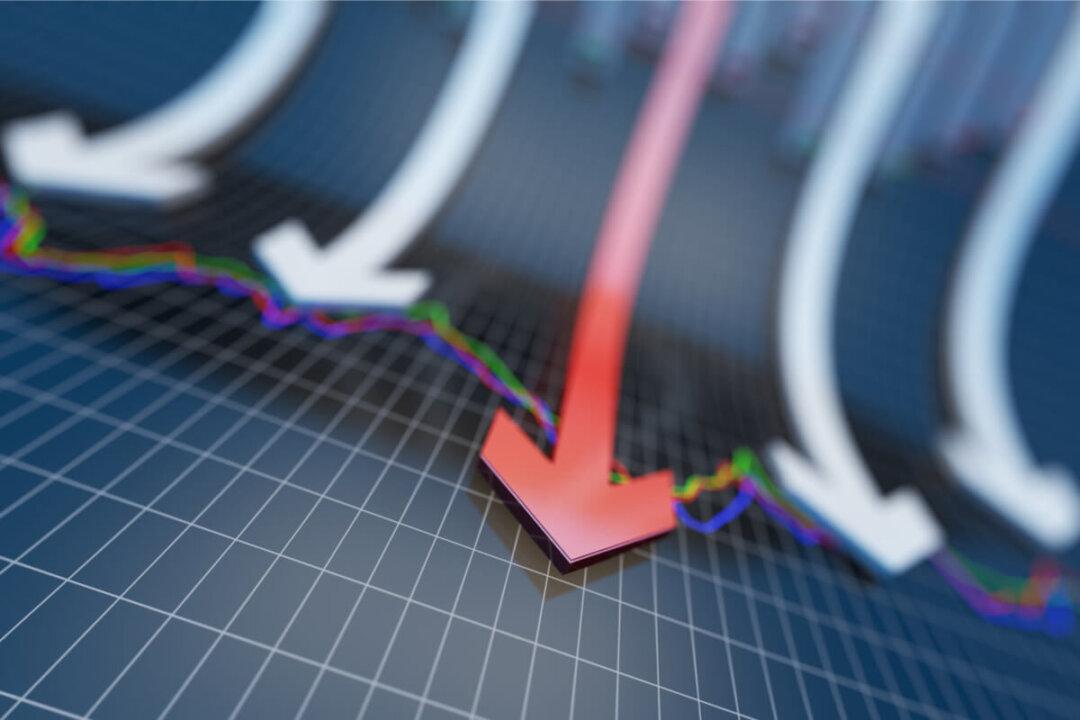Commentary
Japan has become a new case study for both academics and the markets. After decades of spiraling deflation, researchers are now examining a new era. Although potential structural change has been reflected in stock and housing prices, the weak Yen may have substantially contributed to the recent investor interest. As Japan resists global tightening, a widening interest rate or yield gap would naturally depreciate the currency and attract cross asset classes carry trade, that is, short currency and long risk-on assets. Thus, a good market performance might not be showing the true picture.





